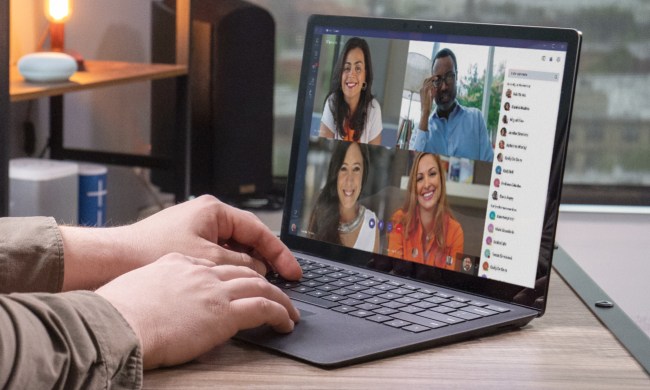
As team members Marshall T. Rose and Eich write in their blog post announcement, the “Brave Browser operates in either ad-free or ad-replacement mode. The ad-free version, as we mentioned, comes at a cost to users, but the ad-replacement idea lets you profit (as will both Brave and the ad-matching partner). Essentially, your normal ads are replaced by content that actually loads after the publisher’s content, and is also supposedly safer for your browser as a whole. But best of all, you actually get a 15-percent chunk of the ad revenue (though the publisher still gets the most — 55 percent).
But don’t get too excited quite yet. In order to reap the benefits, you’ll have to have a Brave Bitcoin wallet, and be sure to opt out of the default setting, which is to donate the money right back to your preferred publisher. If you actually want to collect the Bitcoins for your own usage, you’ll need to verify your identity, which involves providing a phone number and email address.
This certainly represents an interesting approach to ad blocking, which is becoming an increasingly popular subject as a greater proportion of the Web is choked by unsolicited content. And while this may not be the perfect solution, it’s certainly a deviation from the norm, and we’ll just have to wait and see how the public reacts.


